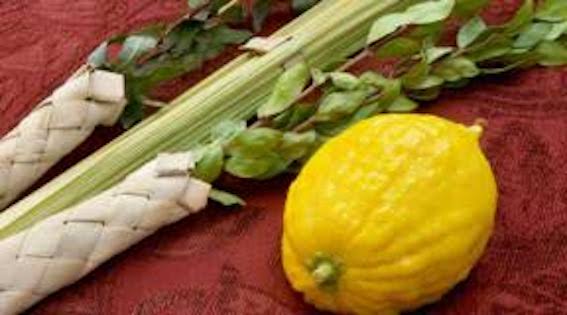What is Lag Ba’Omer?
In May, my sister-in-law, Firouzehk, invited me to a Lag Ba’Omer party at her home with the dual purpose of celebrating the engagement of her niece. I was excited to go as I had not seen or heard from most of these relatives since before the pandemic; many of them I had not seen since my wife died seven years ago.
I wasn’t completely familiar with the reasons behind the celebration of Lag Ba’Omer so I did a little research before the party:
Lag Ba’Omer means: the 33rd day of the Omer, the 49-day period that is counted between Passover and Shavuot. It is a minor holiday, first marked during the 15th century, known for bonfires, weddings and haircuts. It takes place about a month after Passover and is a period of semi-mourning in memory of those who died from a plague. Weddings and other celebrations are forbidden and as a sign of grief, observant Jews do not cut their hair. But on the 33rd day of counting the Omer Jewish law suspends the mourning restrictions, marking a day of joy.
There are several historical possibilities given for why we celebrate this holiday, but none is definitive. The most often cited explanation comes from the Talmud, which tells us that during this season a Diphtheria plague killed thousands of Rabbi Akiva‘s students because they did not treat one another respectfully.
After the Temple in Jerusalem was destroyed by the Romans, Jews began turning to the Torah for guidance and as a result rabbinic academies sprung up throughout Israel. Rabbi Akiva (50-135 CE) studied at one of these academies and became ordained in 93 CE and then established his own school. At some point, it is said that a plague overwhelmed the land and killed 24,000 of his students. Miraculously, the plague deaths ceased on the 33rd day of the Omer and so it is on this day we take a break from the mourning period and celebrate.
A lesser cited explanation for this holiday tells of Rabbi Shimon Bar Yochai, a Torah sage who died on Lag B’Omer. He contributed to the Zohar, the key part of Jewish mystical literature known as Kabbalah. Bar Yochai stressed the importance of understanding the spirit in which Jewish laws were written so that people living in future times could modify their application to fit society. Every year tens of thousands of Jews from Israel and around the globe gather at Bar Yochai’s tomb in northern Israel to pray and celebrate this holiday.
The last example I offer is the explanation of the revolt that Shimon ben Kosevah led against the Roman Empire for destroying the Temple and in opposition to their anti-Jewish laws. It was on Lag Ba’Omer that the rebellion ended and ben Kosevah formed an independent Jewish state. Unfortunately, three years later the Romans re-conquered Jerusalem and executed him.
But how do bonfires, weddings, bows and arrows, picnics and haircuts fit into all of this? There is actually not a lot of clarity on this. The bonfire is said to symbolize the light that Shimon Bar Yochai brought into the world, the bows and arrows may connect to Rabbi Akiva’s support for the ultimately unsuccessful Bar Kochba rebellion. (Some believe that Akiva’s students died in the rebellion, not in a plague.) Haircuts and weddings celebrate the welcome break in the mourning period, allowed on the 33rd day—a fitting day for my relatives to announce and celebrate the coming wedding of Firouzehk’s niece.





I loved Lag Ba’omer as a kid. I fondly remember the big bonfires on street corners (the police blocked off the traffic and there were firemen there with a fire truck).